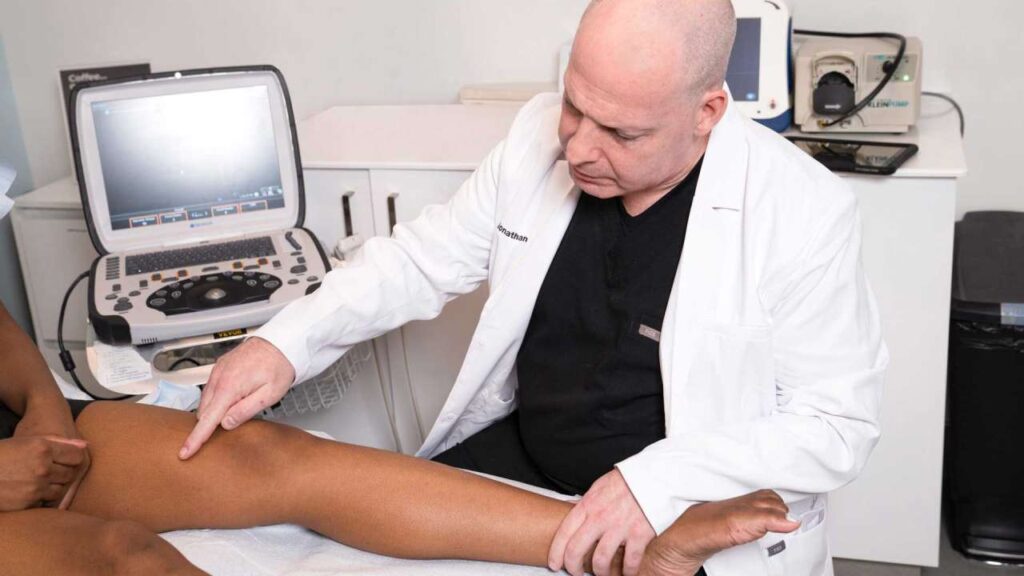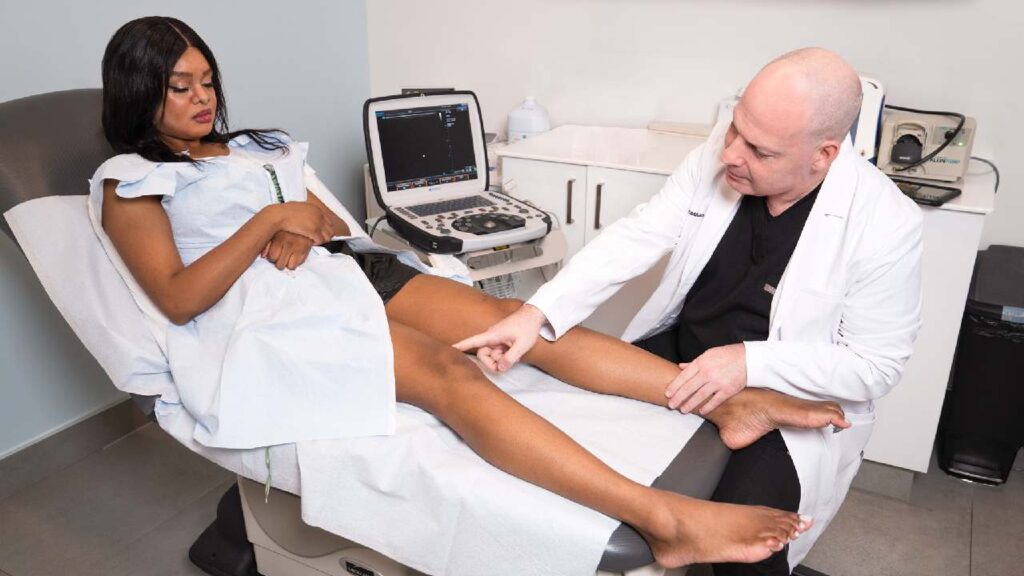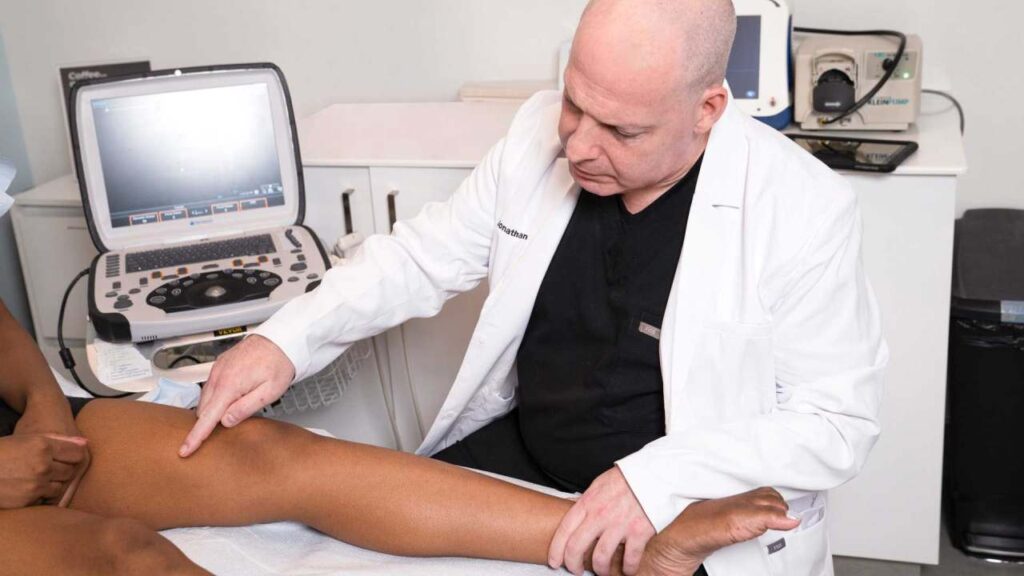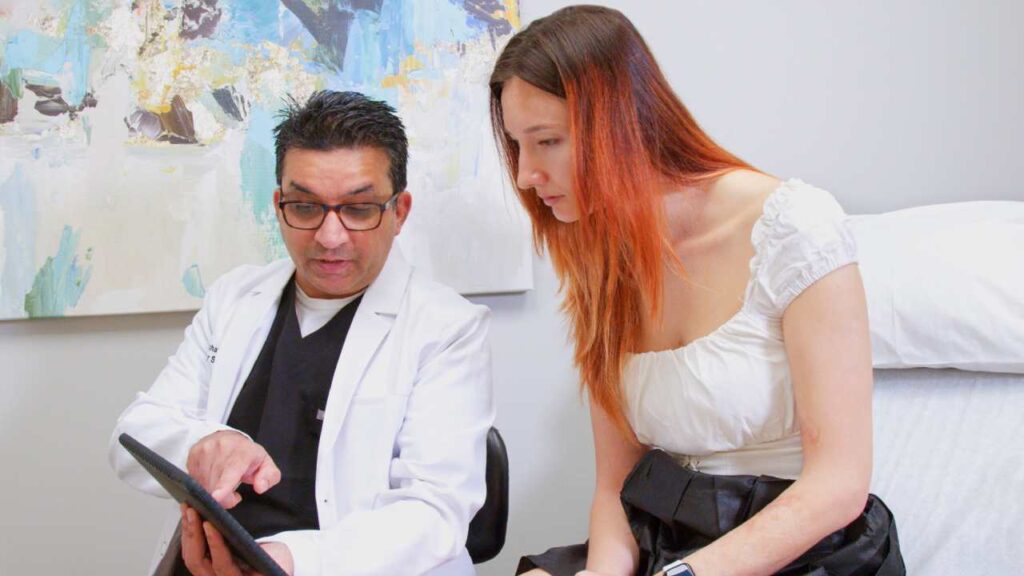What are Varicose Veins?
When seeking treatment for varicose veins, there are so many options out there that it can be hard to decide what is best for you. Click HERE to book an appointment to seek treatment with a vein doctor at our vein center in NYC who can walk alongside you from diagnosis to recovery, or keep reading to learn about vein stripping and treatment options that may be better!
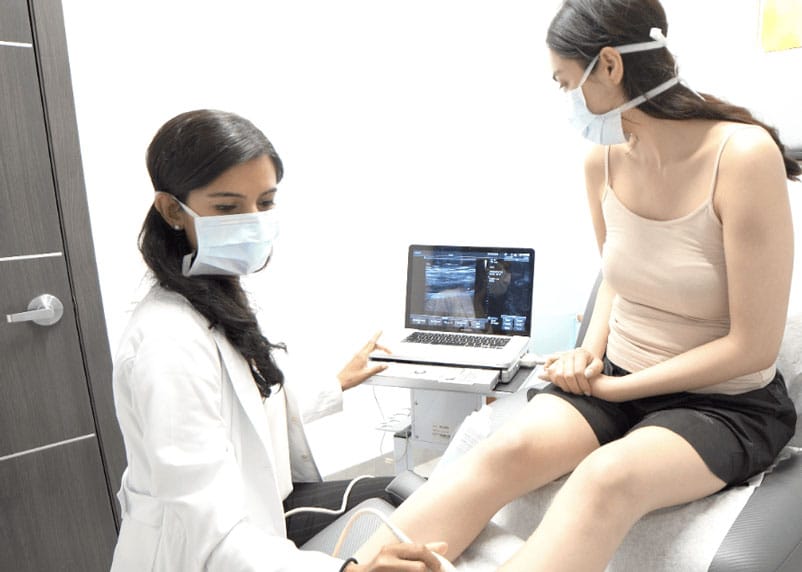
What causes varicose veins?
Varicose veins are bulging blood vessels that are dark purple, green, blue, or red. They appear twisted and distorted, in contrast to healthy veins, which run in a fairly straight line. They are more than three millimeters in diameter and are commonly found on the legs, inner thighs, buttocks, and lower pelvic areas.
Varicose veins are a sign of a more serious disease, the most prevalent of which is chronic venous insufficiency (CVI). One-way valves in healthy veins allow blood to flow into the heart while preventing it from returning to the limbs. However, when these vein valves in the legs begin to leak, gravity pulls blood back down, causing it to pool in veins in the lower limbs, leading to chronic venous insufficiency. Because of fluid buildup, the venous system may be unable to push blood to the heart, and pressure on the vein walls increases with time, resulting in the bulging varicose veins you may be seeing.
What are some common symptoms associated with varicose veins?
Symptoms of vein disease include:
- Heaviness or soreness in the legs, especially after a long day on your feet, caused by excessive blood pooling
- Leg fatigue and edema in the foot or ankles
- Leg cramps, caused by a lack of circulation, which would typically carry away excess lactic acid produced by regular muscular action.
- Varicose and spider veins that are itchy, blistering, or painful.
Contrary to popular belief, these symptoms are not typical of aging, and venous insufficiency and varicose veins can be addressed at a vein clinic!
What is Varicose Vein Stripping?
Vein stripping is a surgical procedure used to treat chronic venous insufficiency, which is the underlying cause of spider veins, varicose veins, and the majority of other vein problems. The procedure involves removing or sealing the damaged or diseased big saphenous vein in the leg in order to redirect blood into healthy leg veins. This restores proper blood circulation to the heart.
The steps are:
- Your vein surgeon will make a few small incisions along the injured vein in your leg, beginning at your groin and progressing to your calf or ankle.
- They will insert a small wire into your femoral (groin) vein and route it through the vein to your leg or ankle.
- To remove the vein, the wire is connected to it and pushed out via the lower incision.
- Sutures will be used to seal the incisions.
What are the costs associated with Varicose Vein Stripping?
Vein stripping is a surgical technique that takes 60 to 90 minutes and can be done under local or total anesthesia. Monetarily, the cost of surgical treatments can be upwards of $3,000, plus additional fees charged by the hospital and surgical center. However, our medical centers for vein treatment in New York advise against vein stripping procedures because there are many other costs as well:
- difficult surgery with a poor success rate and a high risk of complications
- recovery time ranges from 2 to 4 weeks, depending on the number of veins removed, their location, and your aftercare
- pain and discomfort after the procedure that will require pain management
What treatment options are better?
Varicose vein stripping is far less effective than minimally invasive vein treatments. While minimally invasive procedures are almost always successful, varicose vein surgery has a significant failure rate. Furthermore, those who have varicose vein surgery are more prone to acquire infections and deep vein thrombosis, which can lead to a number of complications. That is why, rather than vein stripping or vein surgery, search for vein treatment institutes that specialize in minimally invasive vein therapies.
The vein doctor may offer you three alternatives, depending on your specific condition: VenaSeal, varithena, and radiofrequency ablation are among procedures that can be used. All of these treatment methods effectively cut off any unhealthy veins that are causing blood flow issues in order to reroute the blood flow through healthy veins. They are all relatively painless and take less than a half-hour. Because there is no need for anesthesia or recovery time, you may go home or back to work immediately after the vein treatment clinic procedure. Although the cost may be substantial, it is usually covered by medical insurance.
Varicose vein stripping has historically been a treatment for varicose veins, but in the wake of minimally-invasive treatments, there’s rarely a good reason why varicose vein stripping should be the first option. It’s important to find a vein doctor who is trained in minimally invasive procedures so that you can be sure that you are receiving the highest standard of vein care. Our vein center in NYC is accessible by both Grand Central Station and Penn Station and is close to major landmarks such as the Empire State Building. The Vein Treatment Clinic New York has physicians who are passionate about your well-being and who can consult with you to help you heal. If you are ready to finally get treatment for your vein disease, check out the Vein Treatment Clinic for vein treatment today!
